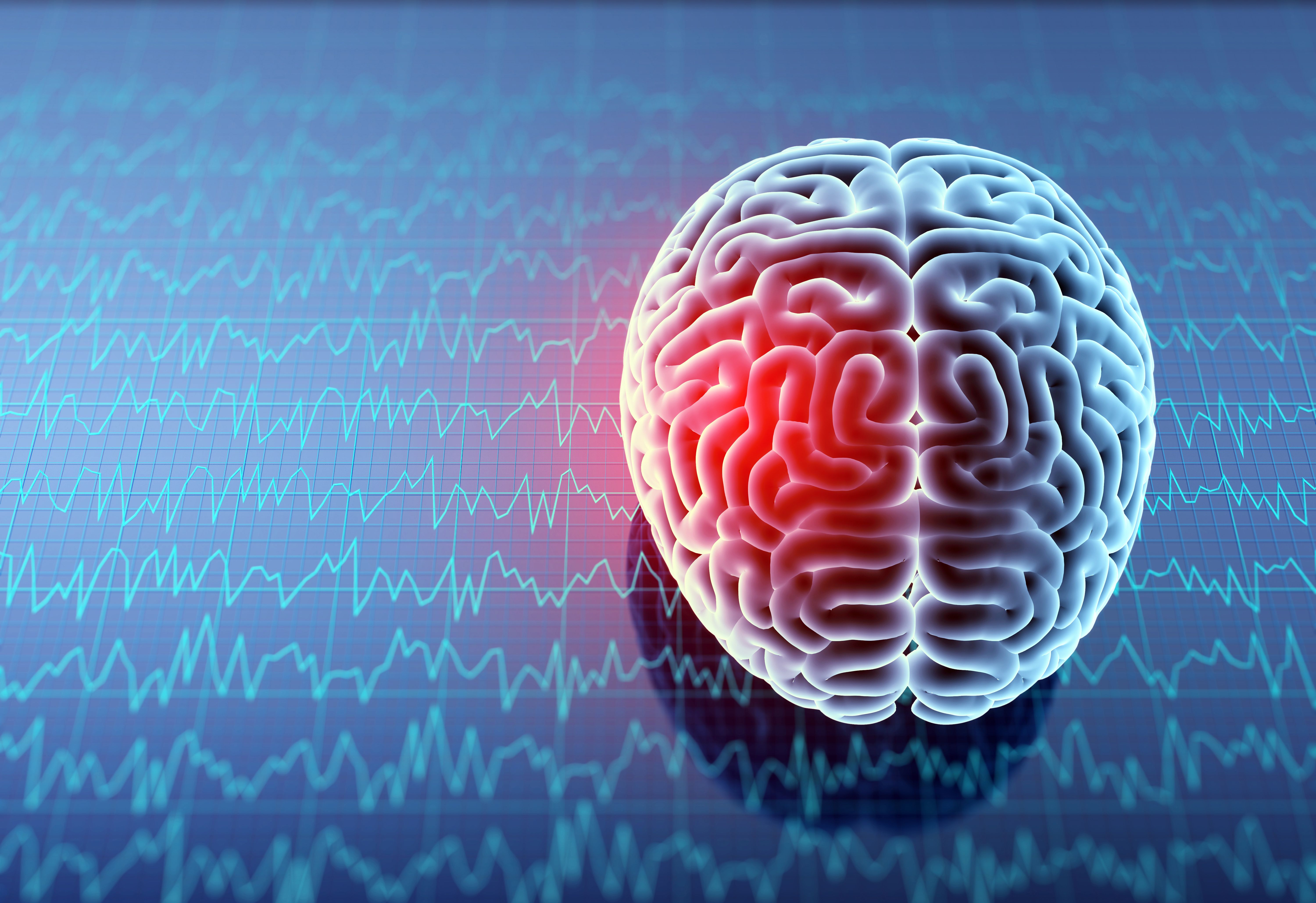Article
Stroke Treatment Without Thrombolytic Therapy, New Research
Author(s):
Stimulating the sphenopalatine ganglion-a collection of nerve cells closely associated with the trigeminal nerve most responsible for headaches-could be a safe intervention for patients with acute ischemic stroke who aren’t eligible for thrombolytic therapy, researchers report in The Lancet.
(©Iaremenko, AdobeStock.com)

Stimulating the sphenopalatine ganglion-a collection of nerve cells closely associated with the trigeminal nerve most responsible for headaches-could be a safe intervention for patients with acute ischemic stroke who aren’t eligible for thrombolytic therapy, researchers report in The Lancet.
Data analysis from two trials focused on stroke, ImpACT-24A and ImpACT-24B, led by Jeffrey Saver, M.D., director of the University of California at Los Angeles Comprehensive Stroke Center, reveals that acting on the sphenopalatine ganglion prompts arterial vasodilatation, significantly increasing blood flow to the brain and organs. Doing so could preserve the area immediately surrounding the stroke, as well as the blood-brain barrier to potentially reduce cerebral swelling and neurological outcomes.
“The sphenopalatine ganglion is the source of parasympathetic innervation to the anterior cerebral circulation,” the authors wrote. “We postulated that sphenopalatine ganglion stimulation might serve as a novel treatment approach for acute ischemic stroke by increasing blood flow to the ischemic area via enhancement of collateral circulation and by reducing cerebral edema.”
As a safe and effective therapy, it is also inexpensive, the authors wrote, indicting it could be a good therapeutic option for a wide array of frontline hospitals.
THE STUDY
This randomized, double-blind, sham-controlled trial included 1,078 patients with anterior-circulation acute ischemic stroke from 73 medical center in 18 countries. These individuals were not undergoing reperfusion therapy, but they could begin treatment in the study within 8-to-24 hours post-stroke, a critical time for safeguarding neurological function. Roughly half of participants received active sphenopalatine ganglion stimulation treatment, and approximately half received a sham treatment. Their level of disability or improvement was evaluated after three months.
Patients in the intervention group underwent a minimally invasive procedure to implant a neurostimulator electrode in the pterygopalantine canal near the sphenopalatine ganglion. The control group received a puncture in the mucosa of the upper palate without neurostimulator implantation. Both groups underwent stimulation during 4-hour daily sessions for five consecutive days. On day 5, researchers conducted cerebral CT or MRI to determine infarct lesions size and potential hemorrhagic transformation before removing the neurostimulators. Follow-up visits were conducted at 30, 60, and 90 days.
At the end of the intervention period, 49 percent of patients in the sphenopalatine ganglion stimulation group improved beyond expectations as did 45 percent of the sham stimulation group. The therapy worked best for patients with no cortical involvement in their strokes. These individuals had fewer severe neurological deficients and fewer signs of stroke on imaging.
The clinical impact of these results could be significant, the authors wrote. The impact is nearly equivalent to the results of the existing therapy intravenous alteplase as a reperfusion therapy lasting less than three hours, and it outperforms intravenous alteplase in 3-to-4.5 hour therapies. The clinical benefit of sphenopalatine ganglion stimulation was even more significant when stimulation was at the low-to-midrange intensity.
Based on study results, the effects of sphenopalatine ganglion stimulation are the same no matter when the treatment is initiative during the first 24 hours after a stroke. Consequently, any patient treated during that time frame could reap the benefits, the authors wrote.
Further studies with more advanced imaging options might help determine the full extent of vessel occlusion, as well as safety and efficacy. Still, the authors wrote, the results are positive and could point to a new therapeutic option for stroke patients who can’t receive thrombolytic treatment.
“Although the improvement in 90-day functional outcome among patients with imaging evidence of cortical involvement at presentation was not significant in this trials alone, study findings indicate the use of sphenopalatine ganglion stimulation is likely to be beneficial,” the researchers wrote. “These findings provide support for the introduction into clinical practice of sphenopalatine ganglion stimulation for acute ischemic strong in patient with confirmed cortical involvement.”
REFERENCE
Bornstein N, Saver J, Diener H, et. al., An injectable implant to stimulate the sphenopalatine ganglion for treatment of acute ischaemic stroke up to 24 h from onset (ImpACT-24B): an international, randomized, double-blind, sham-controlled, pivotal trial, The Lancet (2019), doi: 10.1016/S0140-6736(19)31192-4.




